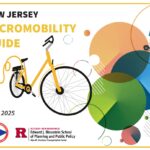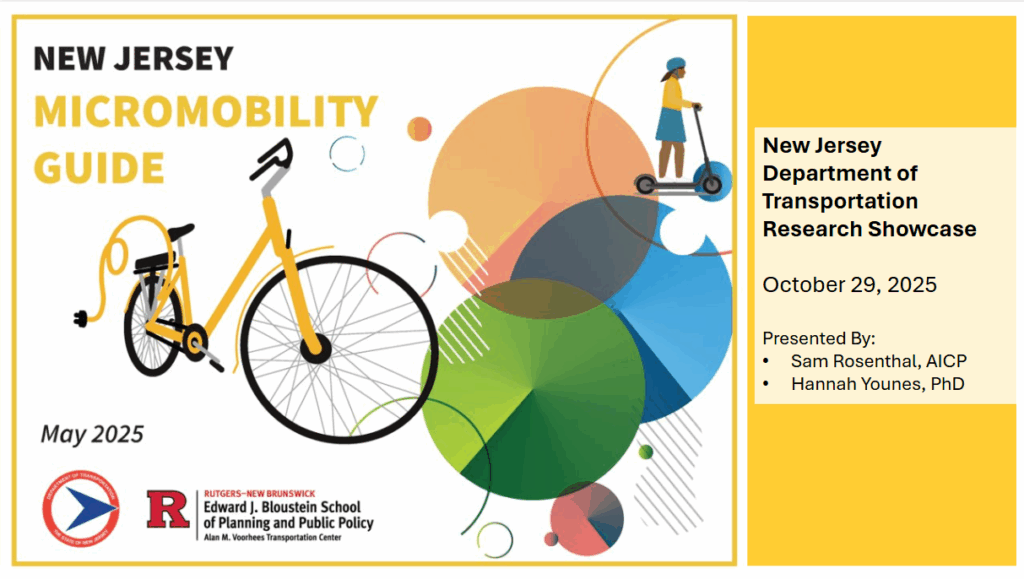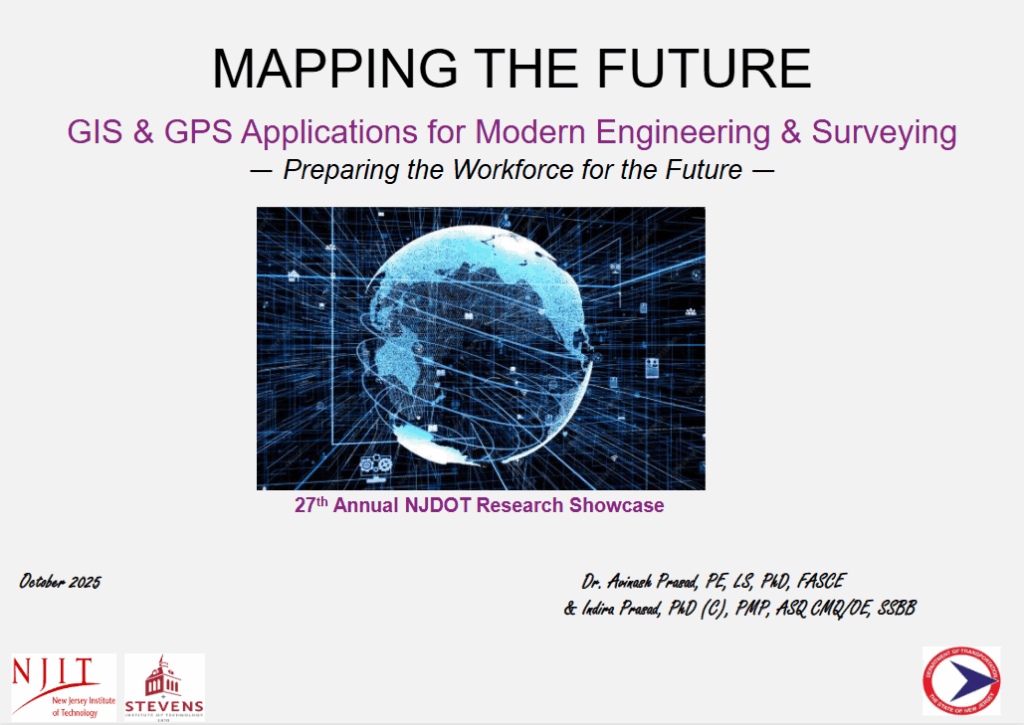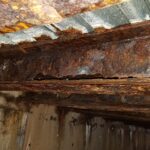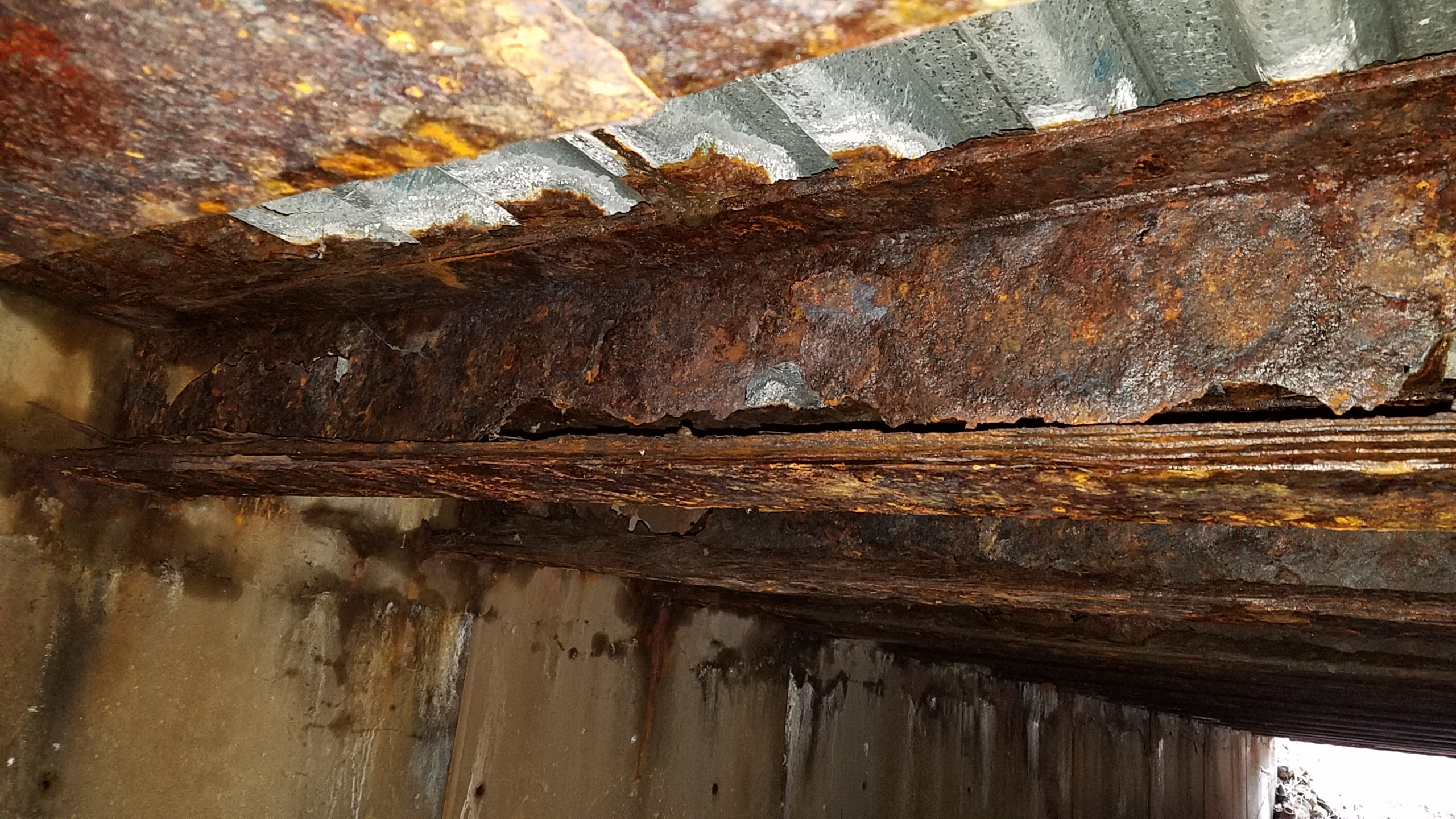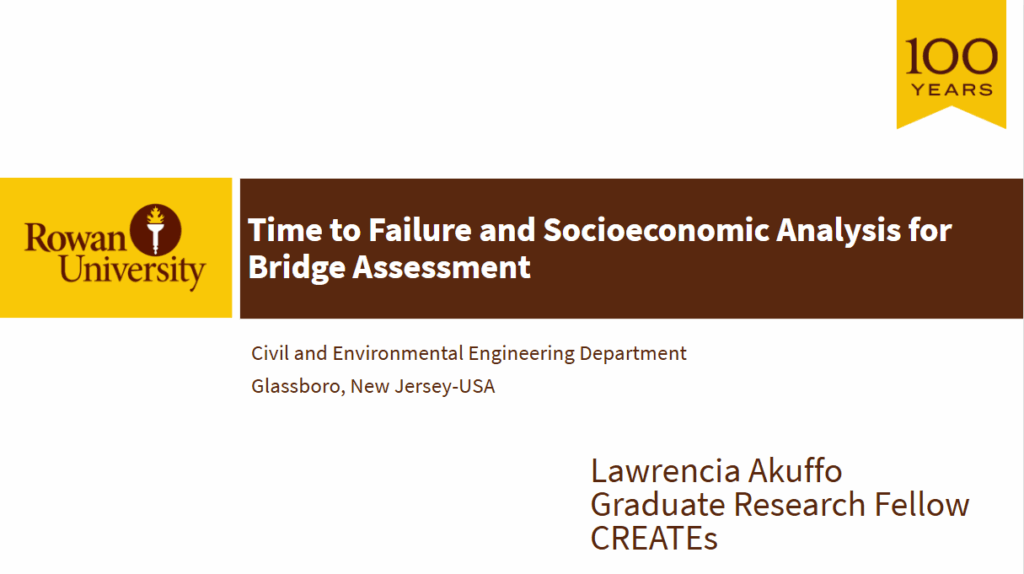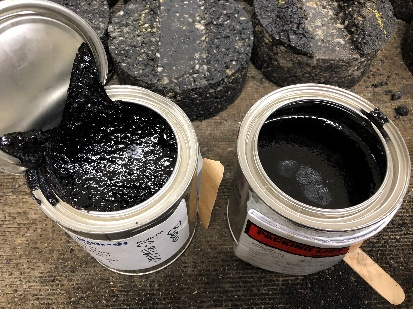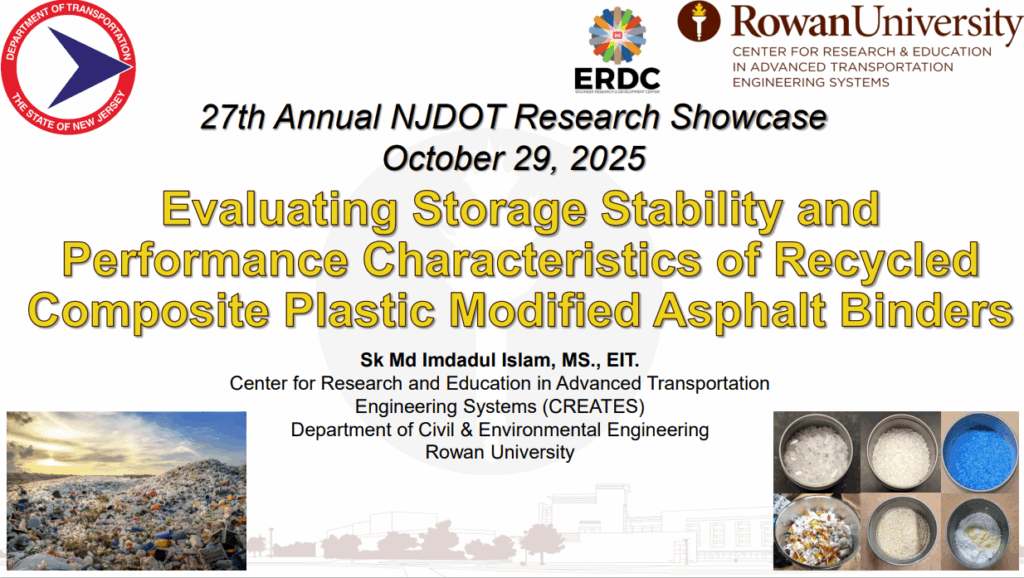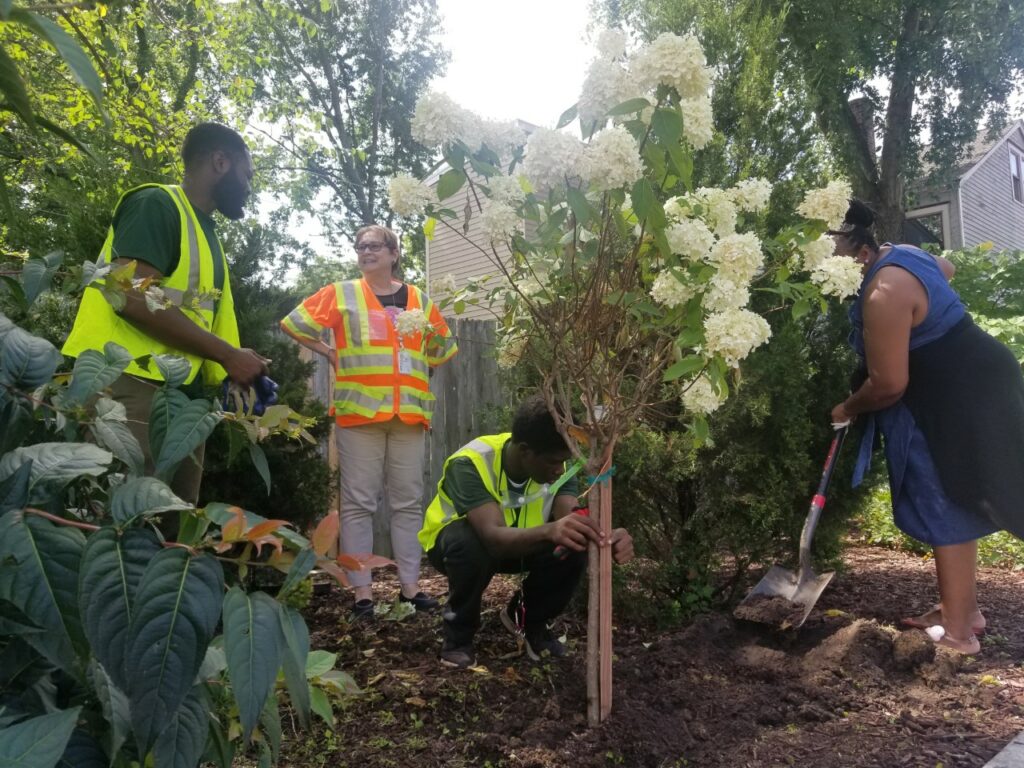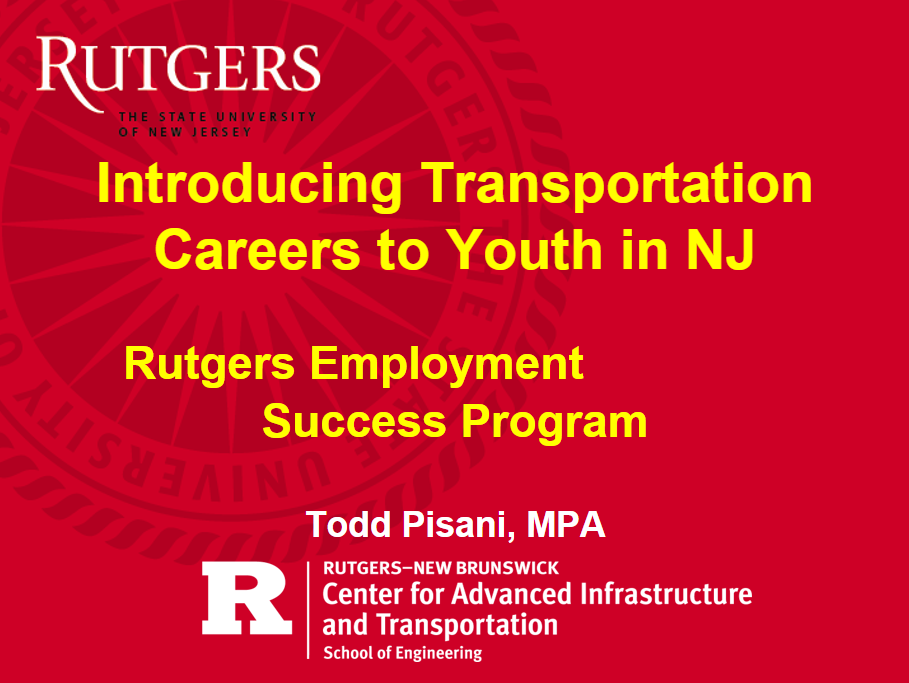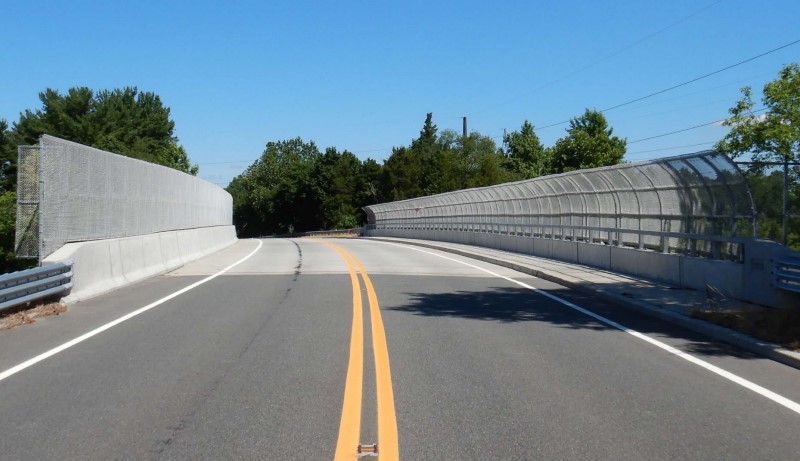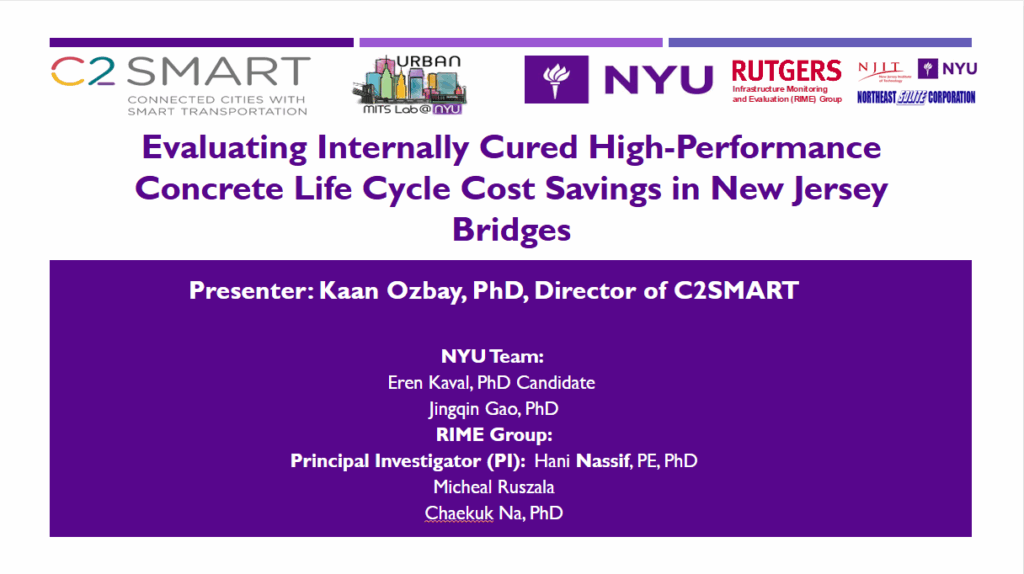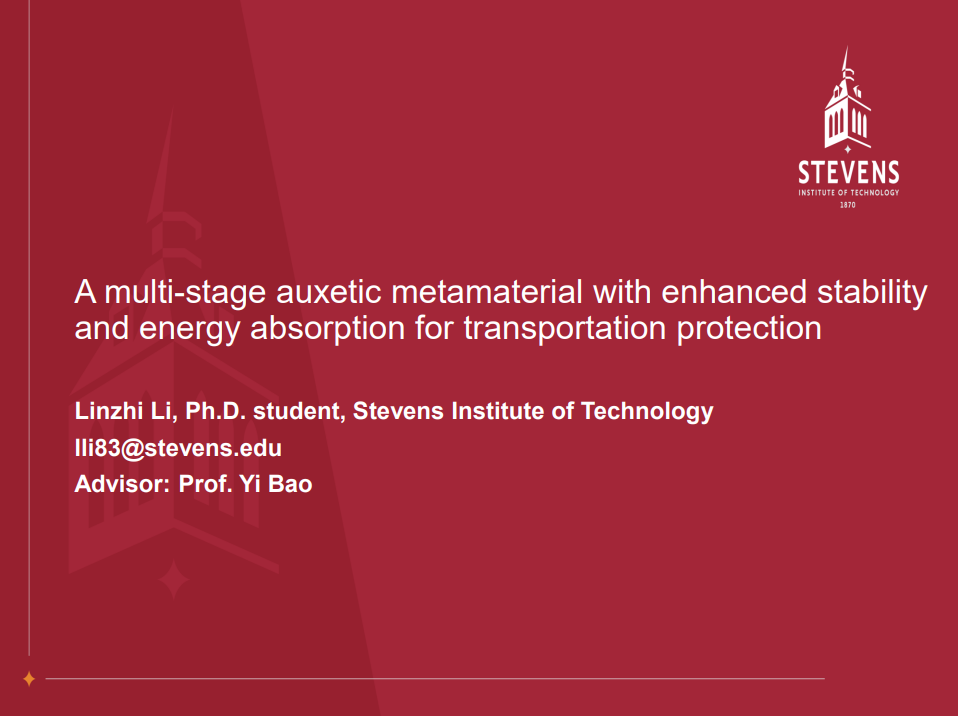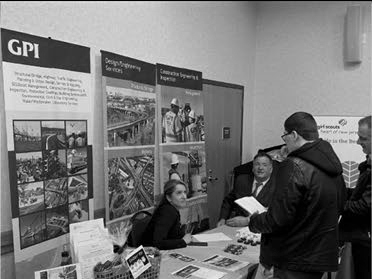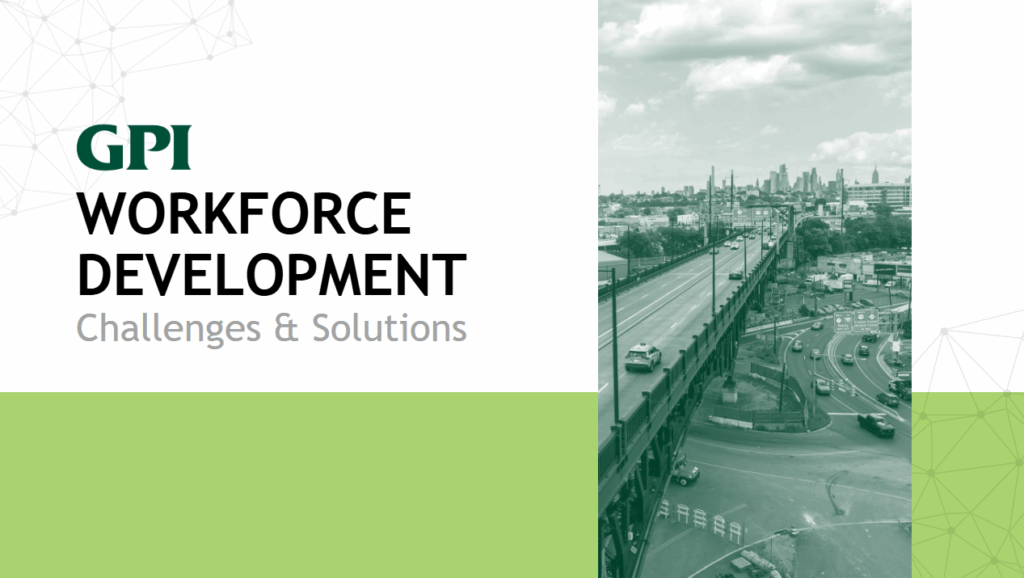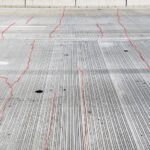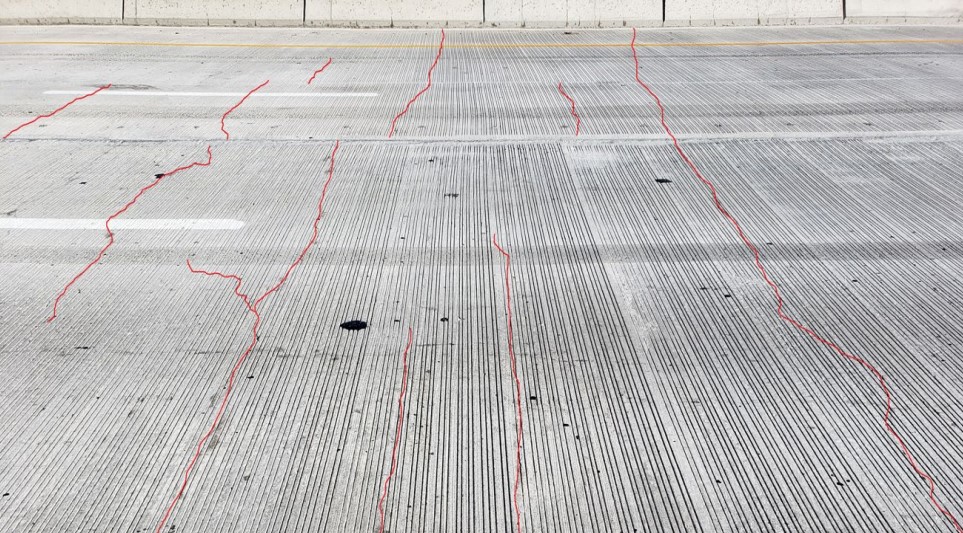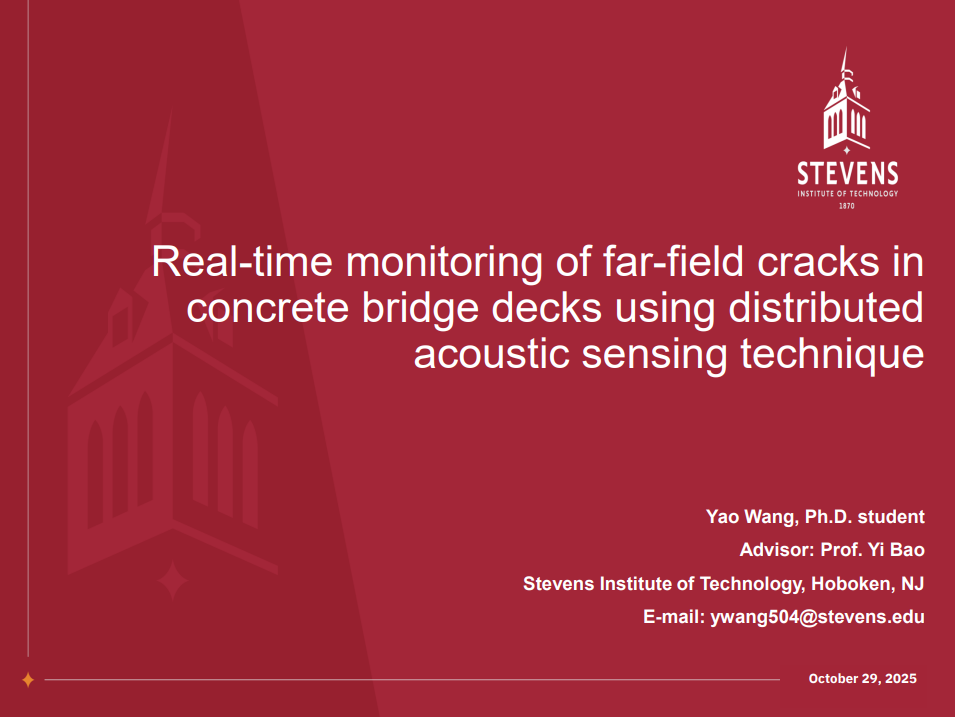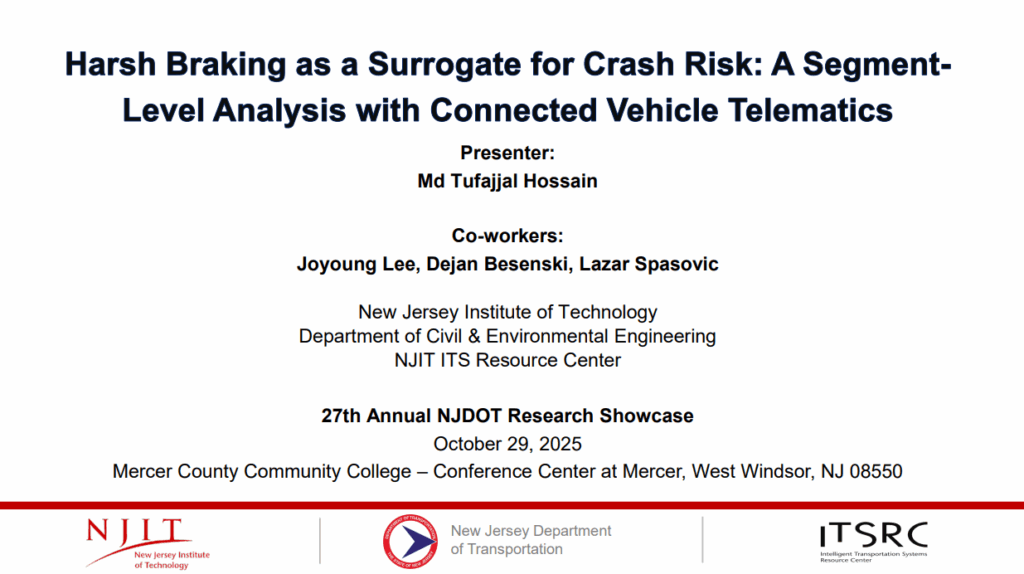Presenters: Hannah Younes & Sam Rosenthal
Organization: Rutgers University
SAFETY
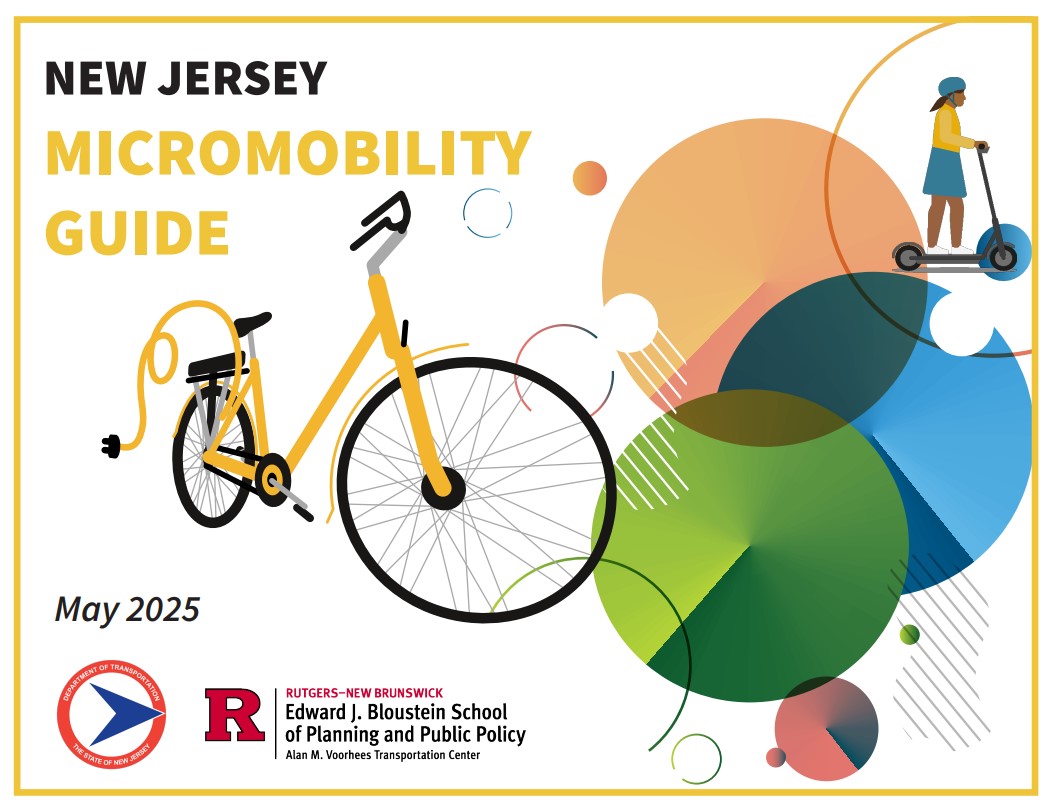
Abstract:
The New Jersey Micromobility Guide serves as a resource for micromobility users across the state, collecting and summarizing the laws and safety best practices that can make riders safer. Micromobility, which includes e-bikes, e-scooters, and other low-speed devices, is an affordable, energy-efficient, eco-friendly alternative to driving. For short-distance travel, micromobility can replace car trips, thus lowering transportation costs and helping to reduce congestion and car parking demand on local streets. For longer trips, this guide clarifies if and how micromobility riders can bring their devices onto public transportation. By providing tips, answering common questions, and clarifying how different devices are regulated, this guide serves as a resource that promotes the safe and legal use of e-bikes, e-scooters, and other forms of micromobility throughout New Jersey.
NJDOT Bicycle and Pedestrian Resource Center. (2025). New Jersey Micromobility Guide. Retrieved from https://njbikeped.org/new-jersey-micromobility-guide-2025
Dr. Hannah Younes is a Senior Research Specialist at the Voorhees Transportation Center in the Edward J. Bloustein School of Planning and Public Policy, Rutgers University. Her research interests revolve around sustainable and safe transportation. In her role at Rutgers University, Dr. Younes focuses on crash and medical records research, built environment and geometric roadway design, and active travel research. She has qualitative methodological experience with focus groups, surveys, and interviews and quantitative methodological expertise with statistical regression methods. Dr. Younes has extensive experience interviewing transportation practitioners in numerous fields, including state departments of transportation, transit agencies, municipal engineers, and academic researchers. Before coming to Rutgers, she was a research assistant for the Maryland Transportation Institute (MTI) in the Department of Civil and Environmental Engineering at UMD, focusing on transport geography issues.
Samuel Rosenthal, AICP, is a Research Project Coordinator at the Alan M. Voorhees Transportation Center at Rutgers University. As a staff member at the New Jersey Bicycle and Pedestrian Resource Center (NJ BPRC), Sam contributes to planning for safe, equitable, and accessible active transportation in New Jersey. Sam conducts literature reviews and research to identify and synthesize best practices for a range of transportation planning topics. He has experience with public engagement including conducting walk and bike audits, facilitating focus groups, and creating, programming, and analyzing surveys for projects related to active transportation and transit. Sam’s recent projects have focused on developing resources related to e-bike and e-scooter legislation and safety, as well as research on Complete Streets approaches that improve safety for those with autism spectrum disorder and intellectual and developmental disabilities.

